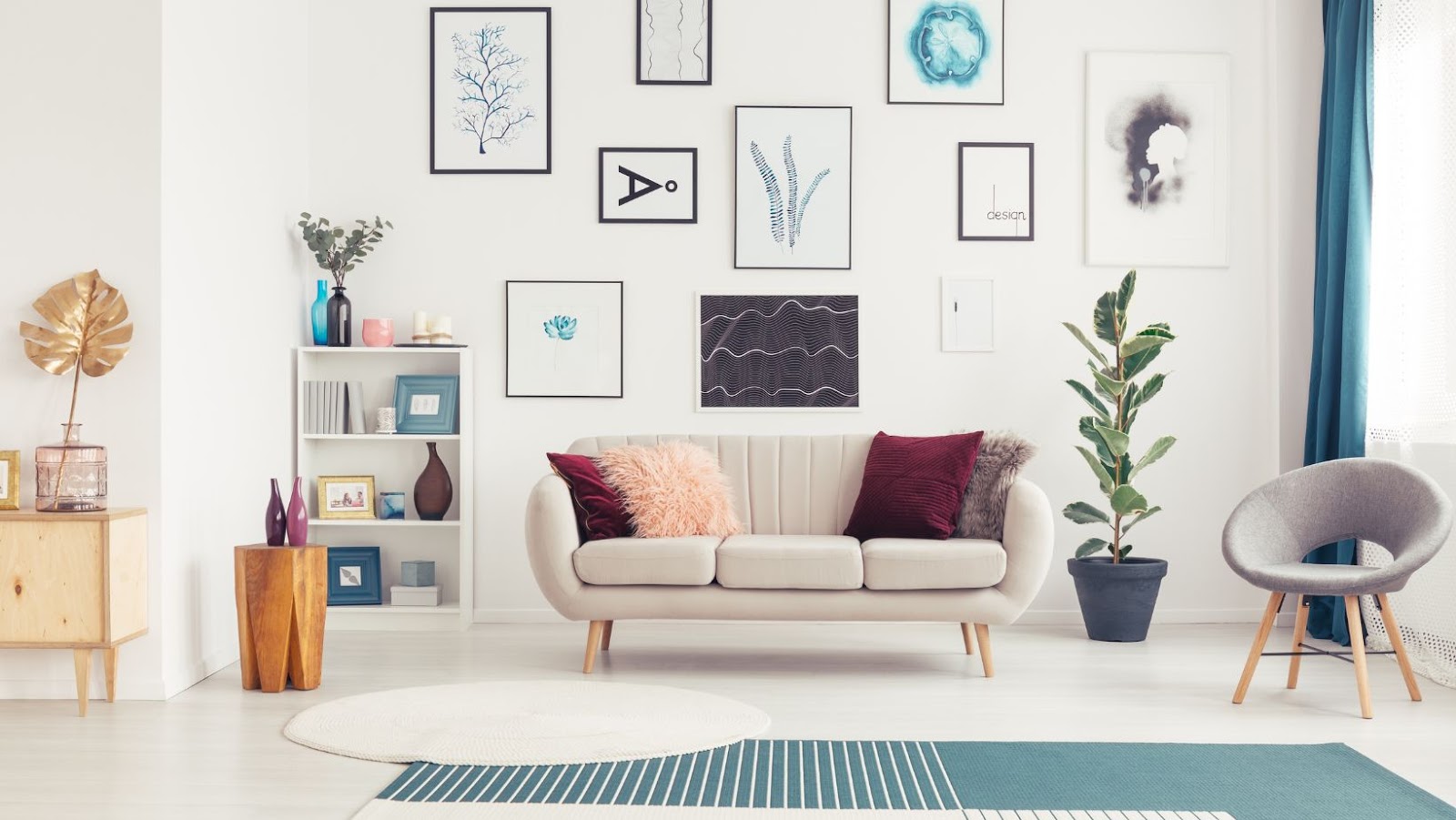 Home Design Gallery
Home Design Gallery
Home design galleries serve as curated collections, featuring diverse interior styles and innovative solutions. They display everything from furniture arrangements to color palettes, helping homeowners visualize potential designs. By visiting these galleries, individuals access expert insights and professional layouts, which often incorporate the latest trends.
Design galleries often categorize displays by room types, such as living rooms, kitchens, and bedrooms. This organization simplifies the process of finding specific inspiration and offers tailored options for each space. Additionally, these galleries frequently highlight sustainable and functional designs, appealing to eco-conscious consumers.
Visitors can explore various materials and furnishings available in the current market. This exposure assists in making informed decisions when selecting elements for their own homes. Physical galleries offer tactile experiences, while digital galleries provide convenience and extensive reach. Both forms enhance understanding and appreciation of design possibilities.
Home design galleries offer a rich array of elements essential to mastering interior aesthetics. These galleries feature diverse design styles and interactive displays, providing visitors an engaging and educational experience.
These galleries showcase an extensive range of design styles, from traditional and rustic to modern and minimalist. Visitors can explore curated collections that display the interplay of colors, textures, and layouts. For instance, a section dedicated to contemporary design might highlight sleek lines and neutral color palettes, while a vintage area could emphasize ornate furniture and bold prints. By experiencing various styles firsthand, individuals gain inspiration for harmonizing their spaces with personal preferences.
Home design galleries often incorporate interactive displays, enhancing user engagement. Features like virtual reality setups, touch-screen kiosks, and augmented reality applications allow visitors to visualize designs in their own homes. For example, a touchscreen might offer options to change wall colors or furniture arrangements, providing immediate feedback on potential design choices. These technologies make design concepts tangible, fostering a deeper understanding of how specific elements integrate into real environments.
 Benefits of Visiting a Home Design Gallery
Benefits of Visiting a Home Design Gallery
Visiting a home design gallery offers numerous advantages in enhancing one’s interior design approach. These spaces provide access to professional advice, fresh insights, and design solutions.
Home design galleries frequently feature expert input, offering visitors direct help from industry professionals. Designers on-site guide visitors, answering questions and suggesting alternatives based on specific needs and preferences. Visitors can learn about the latest design trends from these experts and apply their newfound knowledge to their home projects. Additionally, customized advice on color schemes, furniture placement, and material selection tailors the experience to individual tastes.
Galleries display a wealth of ideas and inspirations essential for redesigning spaces. The visual and tactile experience allows guests to discern the interaction of different design elements. Ranging from color combinations to innovative layouts, visitors can discover creative concepts they might not have considered independently. This exposure enables them to adapt or reinvent these design ideas to align with their taste, fostering creativity and enhancing their living space.
 Choosing the Right Home Design Gallery
Choosing the Right Home Design Gallery
Choosing the right home design gallery involves evaluating several factors to ensure it aligns with personal tastes and design goals. It’s essential to consider the gallery’s style range. A broad array from eclectic to minimalist allows visitors to explore various approaches and find what resonates most with their preferences. Analyzing a gallery’s emphasis on trends and timeless designs can guide individuals in selecting versatile inspirations.
Evaluating the curator’s expertise is crucial. Well-curated galleries, often led by seasoned professionals, provide insightful layouts and cutting-edge design concepts. Testimonials and reviews offer an overview of visitor satisfaction and the gallery’s reputation. A high approval rate suggests a consistent delivery of valuable content.
Examining the gallery’s features, such as interactive technology and virtual reality setups, is advantageous. These enhancements allow guests to visualize potential designs in their living spaces, facilitating informed choices. Additionally, understanding the availability of expert advice and special events can add value to the visit, offering personalized recommendations and exclusive design insights.
Accessibility and location play roles in convenience. For physical galleries, the ease of travel is important, while online galleries should offer user-friendly navigation and rich content. Accessibility ensures an engaging and informative experience without obstacles.